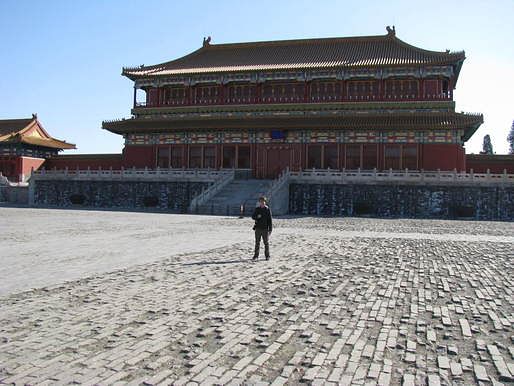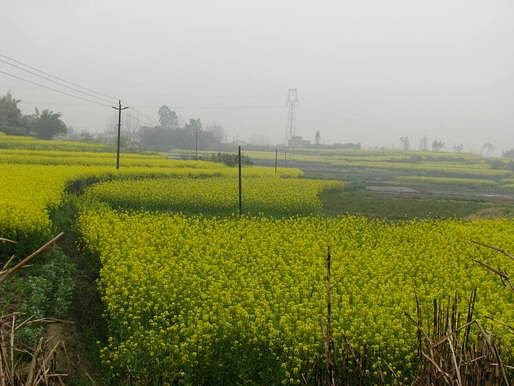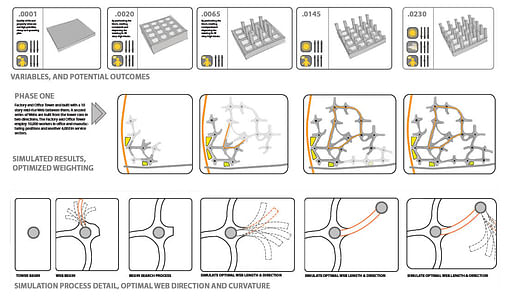
Vertical Cities Asia - Spring 2011

Courtyard of the Forbidden City - Beijing

Shanghai World Financial Center - Pudong, Shanghai

The site for the competition ... envision a city of 100,000. This was at the furthest edge of the voracious development in the city of Chengdu. Infant skyscrapers sit less than 1000 ft from where this photo was taken, a linseed farm 20 miles from the center of the city, at the seventh ring road.

The Old City of Chengdu strives to retain the history and building methods of the past, new developments like this, spring up alongside preserved relics. The humid fragrant air of Chengdu seems imparted in the buildings and streets and the chemical 'fog' that is subsidized by the emmissions one of China's most car-centered cities, and heavy industry in the North-East of the city.

And the heavily polluted Southern portion of the city experienced an incredible surge in industry as major players sprouted a new technology sector.
Working under Professor Mark Anderson, we presented our work at Tongji University, Sichuan Design Institute and Sichuan University, each of whom graciously hosted us and provided valuable feedback and insight into the culture of the built environment and the stresses of rapid growth and high density.
We worked on an urban design and architectural proposal to avoid the traditional problems of master planning, but still allow for the incredibly dense growth that the competition required. We built an agent-based growth logic where the city starts with only three towers that are ten stories tall.
The growth of the city is negotiated over time, and there is a team of local architects and planners who assist in the growth and alteration of the city and its fabric over time. The program takes advantage of a Multi-Objective Decision Optimization algorithm that seeks the best course of action based on input received from simulations performed on the design model.

The undulating form of the webs adheres to the natural gradient of the terrain and existing farmland is integrated into the vertical environment. Modular units are installed within the tower and can be removed without impacting the surrounding units, the symbol of the crane so ever-present in Chengdu, takes a permanent home atop the living tower.
The growth process occurs recursively as the population grows and built out frame is occupied. This model of growth allows for the investment to have a controlled risk and can respond to changes in the market over a 10 year period rather than speculatively building out.
The project was presented and judged at the Vertical Cities Asia Colloquium at the National University of Singapore. Jurors included Pritzker Prize winner Wang Shu, Ken Yeang, Joaquim Sabate Bel, Wong Mun Summ of WOHA and Alan Balfour. The work from the competition along with our entry are published in the proceedings from the conference as well as at the Vertical Cities website.
Architecture Research Lab specializes in design and construction technology and is located in Berkeley, California - www.archresearchlab.com



1 Comment
cool.
Block this user
Are you sure you want to block this user and hide all related comments throughout the site?
Archinect
This is your first comment on Archinect. Your comment will be visible once approved.